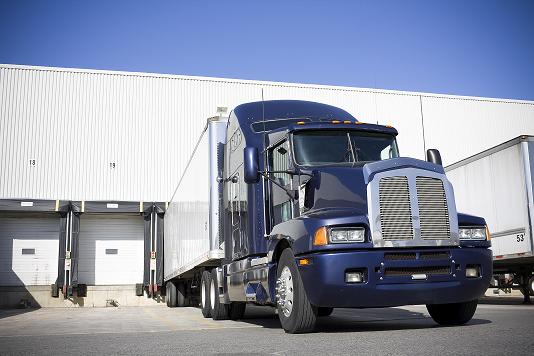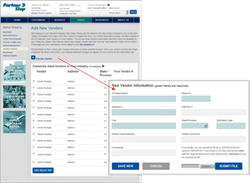Before Shipping Your Freight
09/06/2013 — Matt Nagel
 You have a shipment to send out. As we discussed in a previous blog post, you've determined that this is a —LTL (less-than-truckload) freight' shipment (generally over 200 lbs and on a pallet). If you're like many small businesses across the United States, a freight shipment is often the exception rather than the rule.
You have a shipment to send out. As we discussed in a previous blog post, you've determined that this is a —LTL (less-than-truckload) freight' shipment (generally over 200 lbs and on a pallet). If you're like many small businesses across the United States, a freight shipment is often the exception rather than the rule.
The good news is that, for what you're shipping, you've already determined the most cost effective and sensible way to get this specific shipment where it needs to go — give yourself a pat on the back!
However, there is still some work left to be done before you're ready to send it on its way. As a small business, we know your time is valuable and your resources can be stretched at times. The good news is that partnering with a 3PL can save you significantly when it comes to money and time spent on shipping for your business.
First things first: If you don't already have one, you're going to want to create an account on PartnerShip.com. This will give you access to easy-to-use freight tools as well as discounts with the industry's most trusted carriers. We've already cut down on the time and money you'll need for shipping, and all you've done is gone to a web site!
 Step #1: Update your routings for incoming freight shipments.
Step #1: Update your routings for incoming freight shipments.
Our inbound shipping tools allow you to add, edit, select and delete key vendors. Any time a new vendor is added, or selected from a commonly used vendors list for your association or industry, PartnerShip will ensure updated inbound routing instructions are sent directly to each vendor, ensuring your discounts are applied to all shipments you receive.
Step #2: Determine your freight class.

Freight Class refers to the National Motor Freight Classification (NMFC) and it is the shipping category for your product as defined by the National Motor Freight Traffic Association (NMFTA). Your product's LTL freight class is a major factor in computing your shipping charges. It identifies the size, value and difficulty of transporting your shipment.
We know determining your freight class is one of the more cumbersome aspects of freight shipping, and that's why we've developed an entire ePaper on the subject, and a helpful —Find Your Freight Class' tool for our customers. We ask a few simple questions about your commodity and point you in the right direction.

Step #3: Rate shop and schedule.
Now that you have all the necessary information for your shipment, you can accurately shop rates among the PartnerShip core carrier options to find the best option for your shipment. Plug in your shipment information in our Rate Quote tool and we'll automatically provide discounted quotes with the top LTL freight carriers in the industry. Choose the best rate and service for your shipment, click —Ship', and call your carrier for the pick-up (or simply ask PartnerShip to call the carrier for you). All that's left to do now is print off the bill of lading and shipping labels and wait for your carrier to pickup your shipment.
Hopefully this provided some insight and gave you a starting point for shipping LTL freight through PartnerShip. As you can see, we're here to make the entire experience as easy as possible for you. Visit the Partnership Connection Blog next week for more tips now that you are ready to ship.




